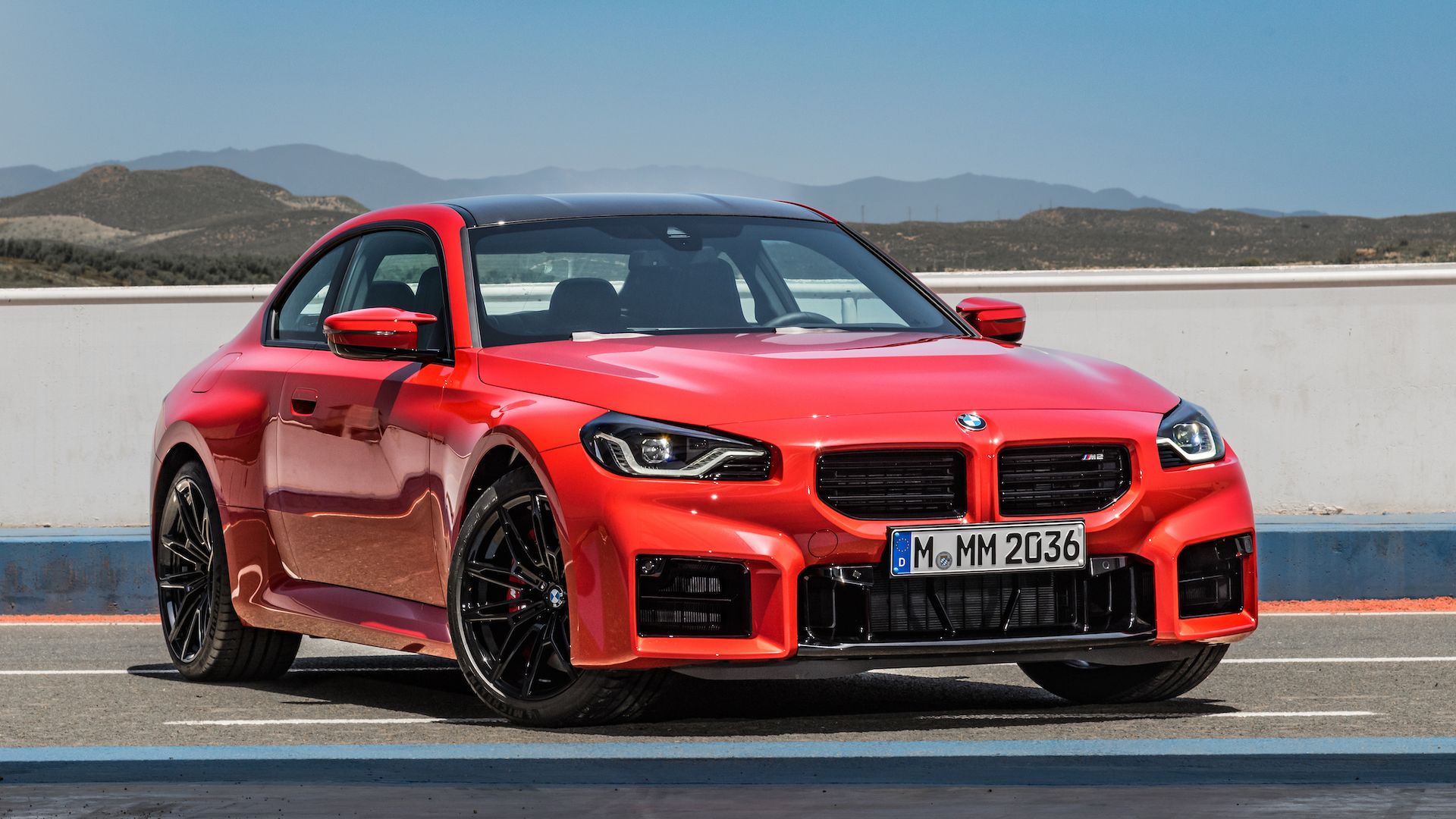The BMW 330i is renowned for its exhilarating performance, sumptuous interior, and cutting-edge technology. Among the array of features that elevate the driving experience is the Park Distance Control (PDC) system. This innovative technological marvel demonstrates how the BMW brand seamlessly integrates luxury with practicality, particularly in urban environments where space can be at a premium. In this article, we will delve into the intricacies of the BMW 330i’s parking aid, exploring its mechanics, benefits, and the overall user experience.
To comprehend the full capabilities of the BMW 330i’s Park Distance Control, we must first examine the technology behind it. Park Distance Control utilizes a sophisticated network of ultrasonic sensors strategically located at the front and rear of the vehicle. These sensors emit sound waves that bounce off nearby objects—be it a car, a curb, or even a pedestrian. The system then calculates the distance between the vehicle and obstacles, alerting the driver with a series of auditory and visual signals. It transforms what could be a stressful maneuver into a straightforward, less daunting task.
At the core of PDC’s functionality is its simplicity. The initiation of the system occurs automatically upon engaging reverse gear. A subtle beep emanates from the car’s speakers, notifying the driver that the sensors are active. As the vehicle maneuvers backward, the frequency of the beeping increases as proximity to an obstruction decreases. While parking, this audio feedback, coupled with a graphical display on the infotainment screen, provides real-time updates, ensuring the driver is always cognizant of their surroundings.
One notable feature of the BMW 330i’s Park Distance Control system is the integration of visual aids. A graphical representation of the surroundings appears on the infotainment display, showcasing a miniature rendition of the vehicle alongside the detected obstacles. This multi-faceted approach—combining auditory and visual cues—creates a comprehensive situational awareness that can reduce the likelihood of accidents. Importantly, the system not only detects stationary objects but can also recognize moving obstacles in certain scenarios, enhancing safety during parking.
Many drivers often wonder: what happens if the PDC system fails to deliver the expected results? Though state-of-the-art, like any technology, Park Distance Control is not infallible. Occasionally, crowded urban scenarios with numerous variables can challenge the sensors. For instance, dust, ice, or a small object at a low height might evade detection. Thus, while PDC serves as a fantastic aid, it is imperative for drivers to remain vigilant and maintain good observational practices. After all, technology is there to assist, but the ultimate responsibility lies with the individual behind the wheel.
One of the most attractive aspects of the BMW 330i’s Park Distance Control is its adaptability. Unlike passive parking aids that merely present distance metrics, PDC complements a dynamic driving style. Whether a driver is executing a parallel park on a busy street or navigating a tight parking structure, the system adjusts and provides feedback responsive to the car’s movements. This adaptability enhances the seamless integration of the car within its environment and makes the parking process more intuitive.
Another significant advantage of the Park Distance Control system is the emotional comfort it offers. Parking, especially in densely populated areas, can induce anxiety for many drivers. PDC alleviates that tension, allowing occupants to engage more fully with the ride experience. Drivers can park with confidence, knowing they have an advanced assistant helping them maneuver through tight spaces. This peace of mind enhances not only the operational aspect of driving but also augments the overall enjoyment of the vehicle.
Furthermore, the technological design of the 330i extends beyond just parking; it is part of a broader suite of driver assistance features. Systems like the rearview camera, surround view, and Parking Assistant Pro serve to complement PDC, ensuring a holistic approach to vehicle navigation in tight spaces. This integrated suite supports novice and seasoned drivers alike, offering a multitude of options tailored to individual comfort levels and preferences.
Looking to the future of parking technology and vehicular assistance, it’s evident that innovations will continue to evolve. While automated parking systems are already in the market, the BMW 330i Park Distance Control serves as a bridge to that future, combining human intuition with artificial intelligence. As vehicle-to-vehicle communication becomes more prevalent, one can foresee an era where PDC could interact seamlessly with nearby cars, creating a networked parking experience where drivers need only press a button and let technology do the work.
In summation, the BMW 330i’s Park Distance Control is much more than a mere parking aid; it encapsulates the philosophy of blending high-end performance with avant-garde technology. The nuances of its operation—sound signals, graphical displays, and adaptive responses—craft a user-friendly interface that simplifies parking challenges. By fostering a sense of confidence and awareness, PDC allows drivers to focus on enjoying the journey—transforming the often mundane task of parking into a component of the ultimate driving experience. It embodies BMW’s commitment to quality, performance, and innovation, establishing a benchmark for future advancements in automotive technology.
